Motorcycle Frames and Suspensions
Motorcycle frames can be made from steel, alloy, aluminum, or even carbon fiber, and many types are seen today. The most conventional and most widely used is a descendant of the loop frame, or cradle frame.
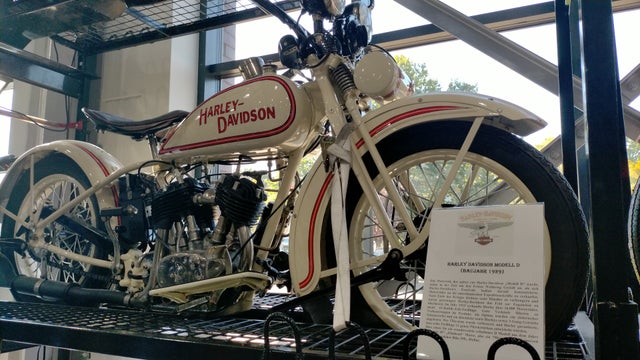
Early Motorcycle Frames
In the pioneering days of motorcycling, manufacturers literally bolted small motors onto bicycle frames. As the engines became bigger and more more powerful, limitations to using a conventional bicycle frame were readily apparent. Frame tubes would suffer stress cracks at critical weld points causing them to break.
In 1909, Indian Motorcycle introduced the loop frame. For decades after, motorcycle manufacturers followed this same basic style.
Motorcycle Front Suspension
In 1935, BMW produced their R12 and R17 motorcycles with hydraulically dampened telescopic forks. These were basically large hydraulic shock absorbers with internal coil springs, the slider bodies were at the bottom, and the fork tubes were at the top. The majority of motorcycles today use a derivative of this for front suspension.
Similar to telescopic forks, inverted ("upside-down") forks have the slider bodies at the top, and the fork tubes at the bottom. This arrangement is popular for sport bikes as it decreases unsprung weight while increasing torsional stiffness.
A disadvantage to inverted forks is that if an oil seal fails they may lose all their damping oil. They are also more expensive than conventional telescopic forks.
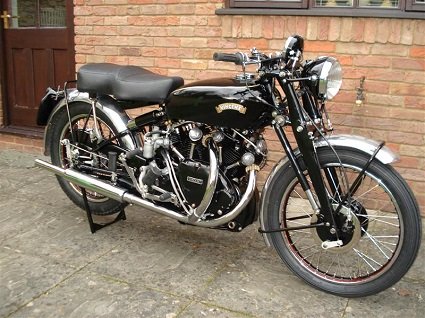
Read: Girder Front Forks
Motorcycle Rear Suspension
All motorcycles were originally a "hardtail" frame, where there is no rear suspension. Advantages of a hardtail frame over a conventional swing-arm frame are that they are much lighter and easier and cheaper to construct.
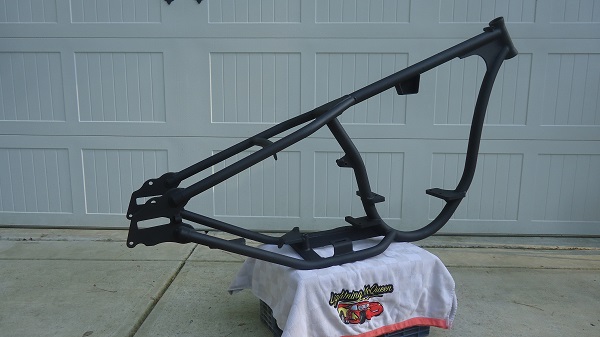
Plunger Rear Axle
The forerunner of today's soft-tails was the "plunger" frame. Shortly after World War II, several motorcycles featured a rear plunger suspension, where the vertical movement of the rear axle was controlled by plungers suspended by springs. Among the manufacturers to feature this type of rear suspension were BMW, BSA, and Norton.
The Indian Warrior and post-war Scout bikes used non-hydraulically dampened plunger rear suspension, which was cruder than the oil-dampened British plungers of the day.
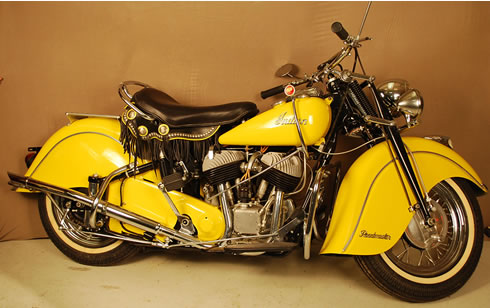
Decades ahead of its time, the Vincent's rear suspension was comprised of a triangular-shaped structure located under the seat. This pivoted rear fork assembly gave excellent high-speed dampening and predated the modern mono-shock by thirty years.
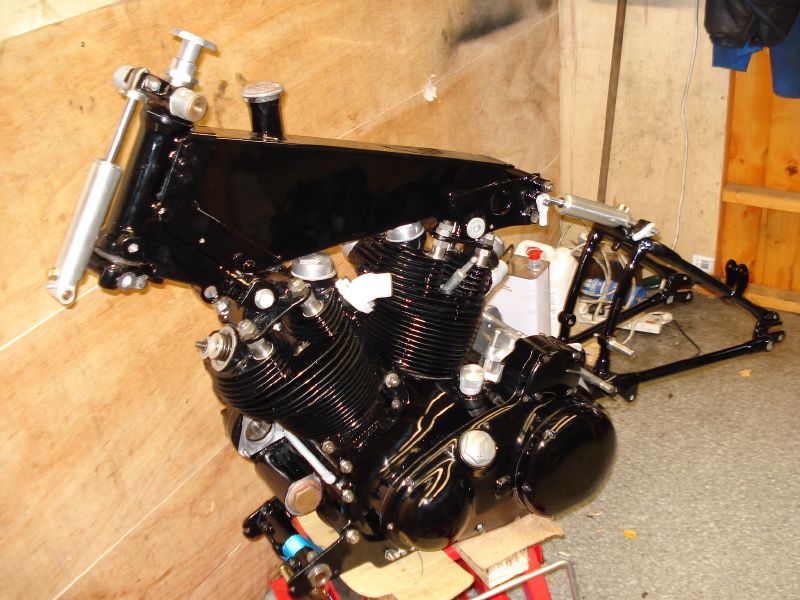
While other bike manufacturers were changing to hydraulic telescopic forks, Philip Vincent believed his company's girder forks, made from aircraft-quality alloy and hydraulically dampened, were superior at higher speeds. They are seen on all Vincent Black Shadow models.
The first Harley to feature a rear swing-arm was the 1952 K-Model.
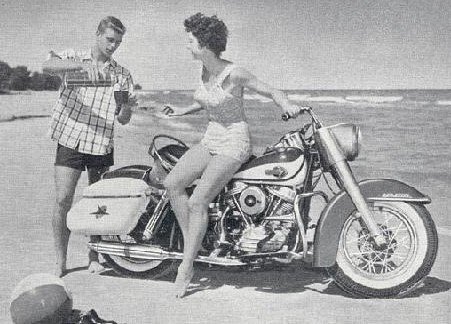
The first Big-Twin Harley to feature a rear swing-arm was the 1958 Panhead.
Swing-arms were not seen on most British bikes until the early fifties.
Factory vs Aftermarket
The aftermarket for stock replacement and custom hydraulic forks is huge. There are literally hundreds of different tree-fork combinations from dozens of companies that you can buy ranging from low-end stock assemblies to complete custom fabrications. There's forks, tubes, and trees, all of which are produced with different specs by different suppliers. One of the most popular for Big-Twin Harleys is the Wide Glide front end.
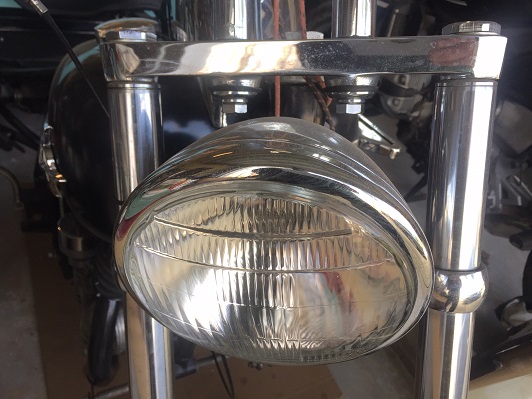
Frame Inspection
Frame inspection is crucial, not only for safety, but for component fitment. Inspect your frame closely for cracks, bent tubes, and damaged or missing mounts and brackets. A framing square can be used to check tube straightness.
A simple way to check for frame straightness is take two pieces of wood (like broomsticks) and place one in the neck tube and the other in the seat-post tube. Stand back from the frame a few feet and see if the two sticks line up straight or if one piece of wood leans to one side.
Replacing Fork Seals
Replacing front fork seals can be a daunting project, but with time and patience can be performed in your home garage.
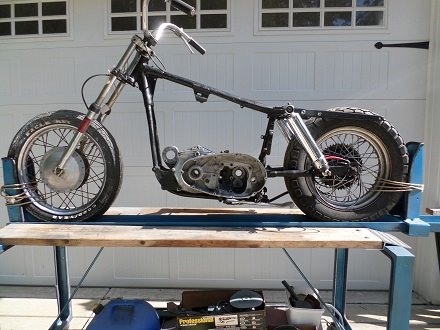
You may find it to be a good time do related work as well, like polishing the front forks or adding gators.
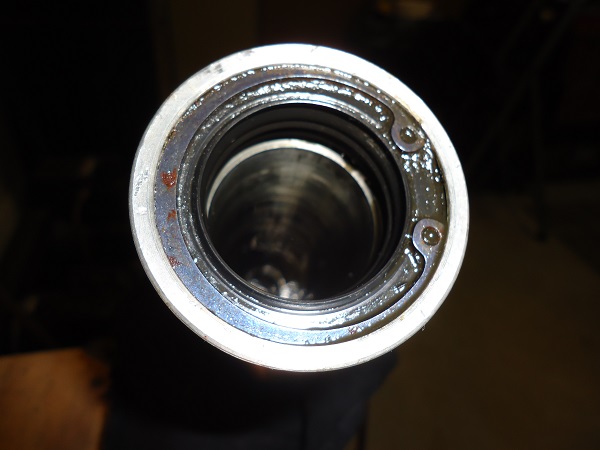
Replace Harley Fork Seals 35mm
**********************
Advantages Of A Hardtail Frame
An essential part of any custom bike is getting rid of unnecessary items, and very often a custom chopper build starts with a hardtail frame. Aside from the classic look, many purists believe that with the absence of rear suspension, road vibrations become part of the experience, and the rider truly becomes part of the road.
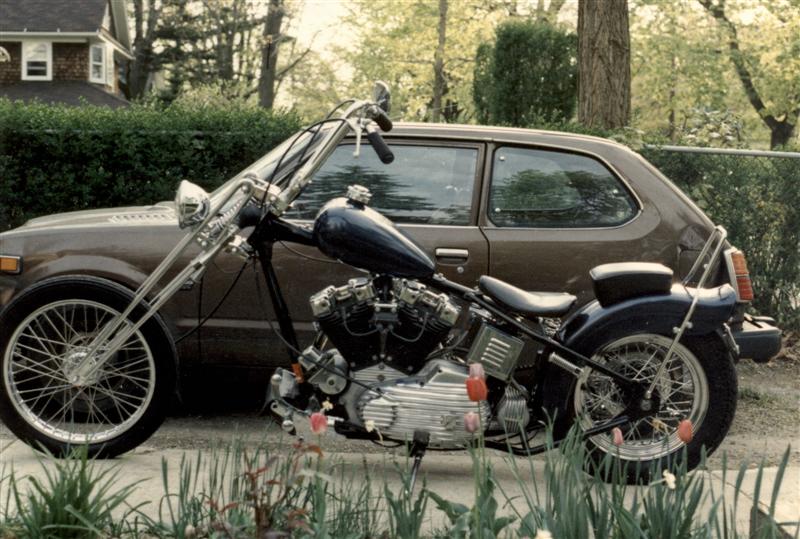
********************
Related Articles: